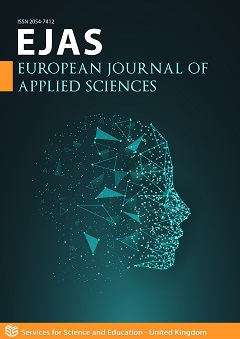Spatial distribution and integrated assessment of heavy metal pollution using different indices in marine sediments of Abu Dhabi waters and management strategies.
DOI:
https://doi.org/10.14738/aivp.92.9611Keywords:
Heavy metals, enrichment factor, geo-accumulation index, principal component analysisAbstract
Coastal pollution is a significant and growing concern in the Arabian Gulf waters due to discharges from desalination and sewage treatment facilities, reclamation and dredging operations, island development, and oil and natural gas exploration and extraction. To assess and manage the heavy metal pollution in Abu Dhabi’s territorial waters, the Environment Agency – Abu Dhabi (EAD) collected surface sediment samples from 106 sites during 2015. The samples were analyzed for selected heavy metals and observed concentrations were found to be lower than the threshold limits proposed by international organizations. Moreover, the analysis of the data employing enrichment factor, geo-accumulation factor, contamination factor, pollution load index, and various statistical methods indicated that concentrations were below the threshold limits and anthropogenic inputs were limited. However, the increasing concentrations of some metals highlighted the need to control the discharges of heavy metals into the marine environment. This study discusses various efforts of EAD on heavy metal pollution abatement and highlights its management strategy, including recent policies and regulations. Furthermore, the results emphasize the critical need for a holistic approach and developing a comprehensive strategy to manage both local and trans-boundary heavy metal pollution.






